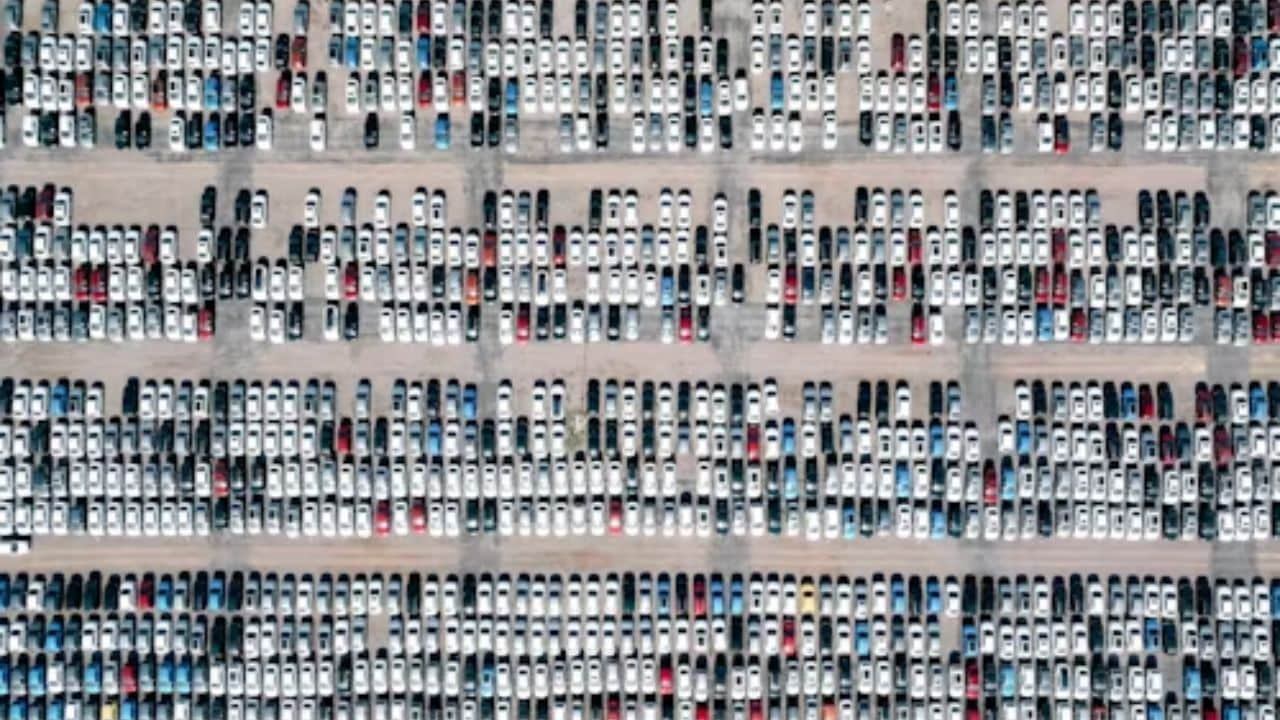India’s auto sales witnessed a 6.46% rise in fiscal year 2025. The Passenger Vehicles (PV) grew by 4.87% while the two-wheeler (2W) sales saw a 7.71% year-on-year rise. In the rural market, the 2W sales witnessed a jump of 8.39% versus 6.77% in the urban areas. The PVs also performed better in rural belts with 7.93% growth compared to 3.07% in the urban market, according to the data from the Federation of Automobile Dealers Associations of India (FADA).
In contrast, the commercial vehicle sales in FY25 remained flat at -0.17%.
According to the auto body’s March 2025 data, the retail sales saw de-growth for the second consecutive month. The retail sales declined -0.7% year-on-year in March 2025 but improved by over 12% Month-on-Month.
The PV sales scaled up by 6% while CV sales by 2.6% in March 2025. The 2-wheeler sales declined by -1.7% in the same period.
Auto sales decline by 7% in Feb 2025; PV sales skid 10% YoY: FADA
The auto federation has expected mid to high single-digit growth in 2-wheeler and low single-digit growth in PV and CV. However, global tariff war, leading to potential stock market turbulence and weaker mutual fund SIP returns could erode disposable incomes, further impacting the auto purchases.
Dealers have emphasized the need for the RBI rate cuts to reduce borrowing costs.
“The first three weeks of March were notably weak, largely due to the Kharmas period, but sales accelerated significantly in the last week, driven by positive triggers such as Navratri, Gudi Padwa, Eid, and year-end purchasing influenced by depreciation benefits. Overall, retail sales saw a YoY decline of -0.7% and a MoM increase of 12%. Among the segments, 2W, 3W, and Trac registered YoY drops of -1.7%, -5.6%, and -5.7% respectively, while PV and CV grew by 6% and 2.6% YoY. All segments were in positive territory on an MoM basis,” CS Vigneshwar, FADA President said.
“In PV, the segment benefited from discounting, forthcoming price hikes, and festive buying, contributing to a 15.5% MoM and a 6% YoY increase. New model launches and better variant availability also aided growth. Nonetheless, many dealers highlighted unrealistic targets, liquidity challenges, and regional pockets of low demand, resulting in PV inventories rising to about 50–55 days. Incentives and festival-driven gains did push overall results higher, but dealers remain cautious about high stock levels and target pressures as the new financial year begins,” FADA said.
